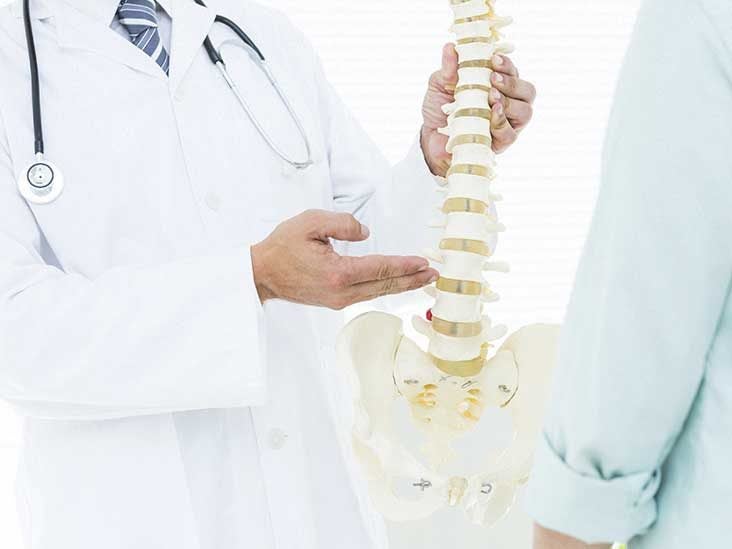Retrolisthesis is a term used to describe a specific spinal condition that involves the displacement of one vertebra in relation to the one directly below it. While this condition may sound complex, it’s essential to understand its seriousness, causes, symptoms, and potential treatments. In this article, we’ll delve into the world of Is retrolisthesis serious? to provide you with a comprehensive understanding.
Table of Contents
Unveiling Retrolisthesis: What is it?
Retrolisthesis occurs when a vertebra shifts backward, moving out of its normal alignment with the adjacent vertebra. This displacement typically happens in the lumbar (lower back) region of the spine, but it can also affect the cervical (neck) spine. Unlike its counterpart, anterolisthesis, which involves forward displacement, retrolisthesis can have varying degrees of severity.
The Severity Spectrum: Is Retrolisthesis a Cause for Concern?
The seriousness of retrolisthesis largely depends on the degree of displacement and the impact it has on spinal stability. A mild degree of retrolisthesis might not necessarily result in significant symptoms or complications. However, as the degree of displacement increases, so does the potential for serious implications.
Potential Causes and Risk Factors
Understanding the underlying causes and risk factors associated with retrolisthesis is crucial. Various factors can contribute to this condition, including:
1. Degenerative Changes: Degeneration of spinal discs, facet joints, and other supporting structures can lead to retrolisthesis.
2. Trauma: Physical injuries, accidents, or sudden impacts can result in vertebral displacement.
3. Genetic Predisposition: Some individuals might have a genetic susceptibility to spinal issues, making them more prone to conditions like retrolisthesis.
Aging: The natural wear and tear that comes with aging can weaken spinal components, increasing the risk of displacement.
Detecting Symptoms: When to Seek Medical Attention
Retrolisthesis may not always present noticeable symptoms, especially in its early stages. However, as the condition progresses, individuals might experience:
Back Pain: Chronic lower back pain is a common symptom, often exacerbated by movement or prolonged sitting.
Nerve Compression: Displacement can lead to nerve compression, causing numbness, tingling, or weakness in the limbs.
Limited Mobility: Difficulty in bending, twisting, or performing regular activities can be an indication of retrolisthesis.
Addressing the Issue: Treatment Options
The treatment approach for retrolisthesis depends on factors such as the severity of displacement, symptoms, and overall health. Some potential treatment options include:
Conservative Measures: Non-surgical methods like physical therapy, chiropractic care, and pain management techniques can help alleviate symptoms and improve spinal function.
Medications: Anti-inflammatory medications and muscle relaxants might be prescribed to manage pain and inflammation.
Surgical Intervention: In severe cases where conservative treatments are ineffective, surgery might be considered to stabilize the spine and relieve compression.
Preventing and Managing Retrolisthesis
While some risk factors like genetics and aging are beyond our control, there are steps that individuals can take to reduce the risk of retrolisthesis:
Maintain a Healthy Weight: Excess weight can strain the spine, contributing to degeneration.
Practice Proper Posture: Maintaining good posture supports spinal alignment and reduces unnecessary stress.
Regular Exercise: Engaging in exercises that strengthen the core and back muscles can provide better spinal support.
In Conclusion
In essence, the seriousness of retrolisthesis lies in its potential to cause discomfort, pain, and even more severe complications. If you experience persistent back pain or other symptoms related to spinal issues, it’s crucial to seek medical evaluation and guidance. Early detection and appropriate management can significantly improve the quality of life for individuals dealing with retrolisthesis.

